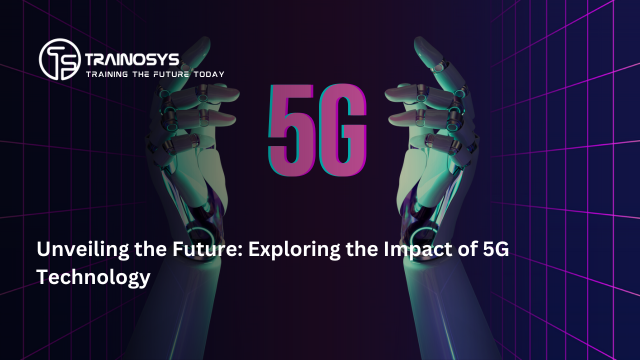In the realm of telecommunications, a groundbreaking revolution is underway, promising to redefine connectivity and unlock a world of possibilities. This revolution is none other than the advent of 5G technology. In this blog post, we’ll delve into the transformative potential of 5G and explore the myriad ways in which it is poised to shape our future.
Understanding 5G: The Next Generation of Connectivity
5G, or fifth-generation wireless technology, represents a significant leap forward in telecommunications standards. With its lightning-fast speeds, ultra-low latency, and massive capacity, 5G promises to deliver a truly immersive and seamless connectivity experience. Unlike its predecessors, 5G is not just an incremental upgrade; it’s a quantum leap that will enable a wide range of innovative applications across industries.
The Key Features of 5G
- High-Speed Connectivity: With speeds up to 100 times faster than 4G, 5G offers blistering-fast download and upload speeds, enabling users to stream high-definition content, download large files, and engage in real-time gaming and multimedia experiences with minimal latency.
- Ultra-Low Latency: 5G’s ultra-low latency, measured in milliseconds, ensures near-instantaneous communication between devices. This is critical for applications that require real-time responsiveness, such as autonomous vehicles, remote surgery, and augmented reality.
- Massive Capacity: 5G networks are designed to accommodate a vast number of connected devices simultaneously, without compromising performance. This scalability is essential for supporting the burgeoning Internet of Things (IoT) ecosystem and powering the smart cities of the future.
The Impact of 5G Across Industries
- Telecommunications: 5G will revolutionize the telecommunications industry by enabling faster internet speeds, higher-quality video streaming, and seamless connectivity for mobile users. Telecom companies are investing heavily in 5G infrastructure to meet the growing demand for data and support emerging technologies like augmented reality and virtual reality.
- Healthcare: In the healthcare sector, 5G has the potential to transform patient care through remote monitoring, telemedicine, and augmented reality-assisted surgeries. With 5G’s low latency and high reliability, healthcare providers can deliver critical services more efficiently and effectively, regardless of geographic location.
- Manufacturing: In manufacturing, 5G-powered IoT devices and sensors enable real-time monitoring of equipment, predictive maintenance, and remote operation of machinery. This improves operational efficiency, reduces downtime, and enhances overall productivity on the factory floor.
The Future of 5G: Opportunities and Challenges
As 5G technology continues to evolve and mature, it presents a wealth of opportunities for innovation and growth. From smart cities and autonomous vehicles to immersive gaming and entertainment experiences, the possibilities are endless. However, the widespread deployment of 5G also raises concerns about security, privacy, and digital equity that must be addressed proactively.
Conclusion
In conclusion, 5G technology represents a transformative leap forward in connectivity that will redefine how we live, work, and interact with the world around us. With its high speeds, low latency, and massive capacity, 5G has the potential to unlock a new era of innovation and usher in unprecedented levels of connectivity and convenience. As we stand on the cusp of this technological revolution, the future looks brighter than ever with 5G leading the way.


